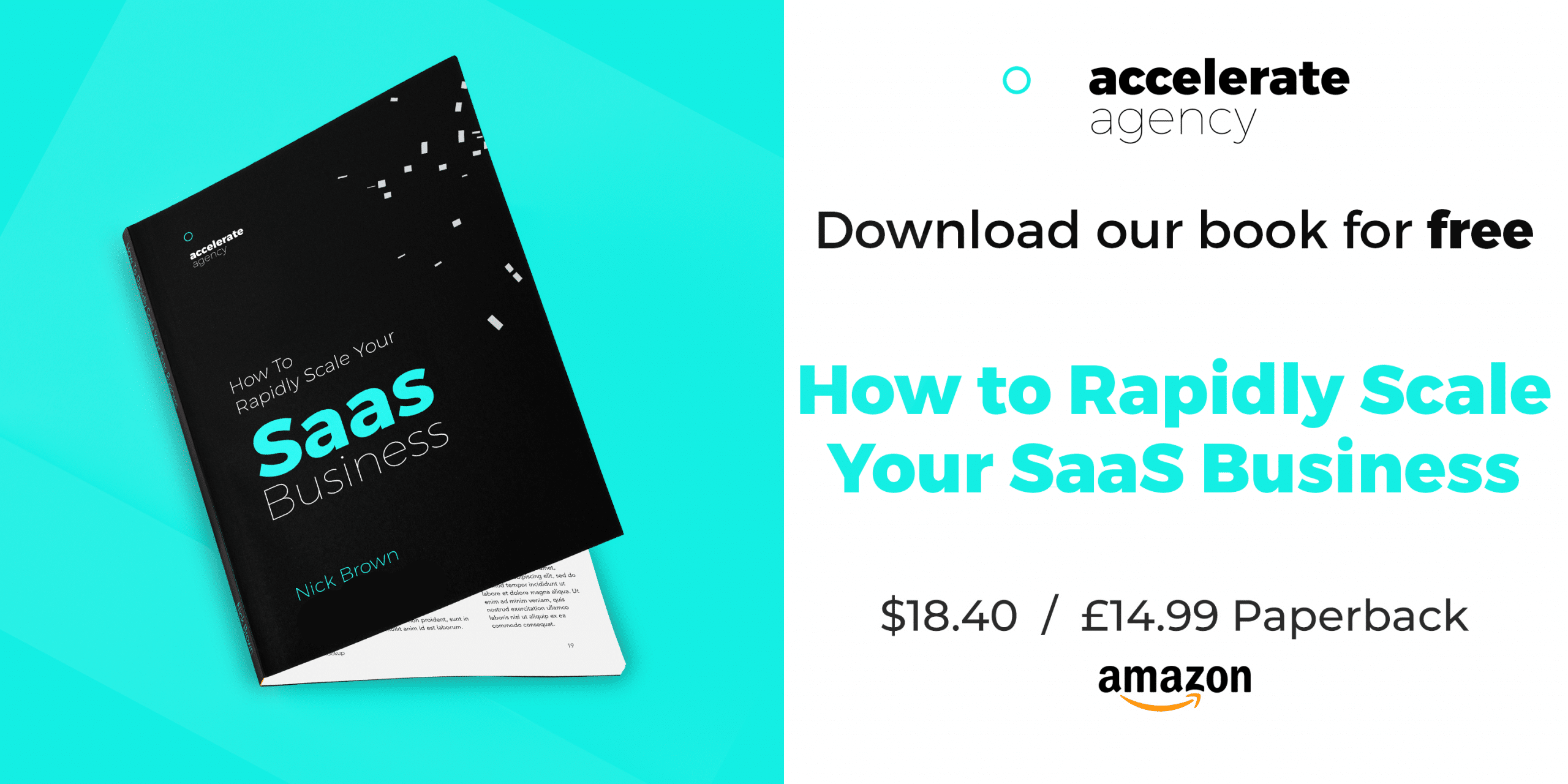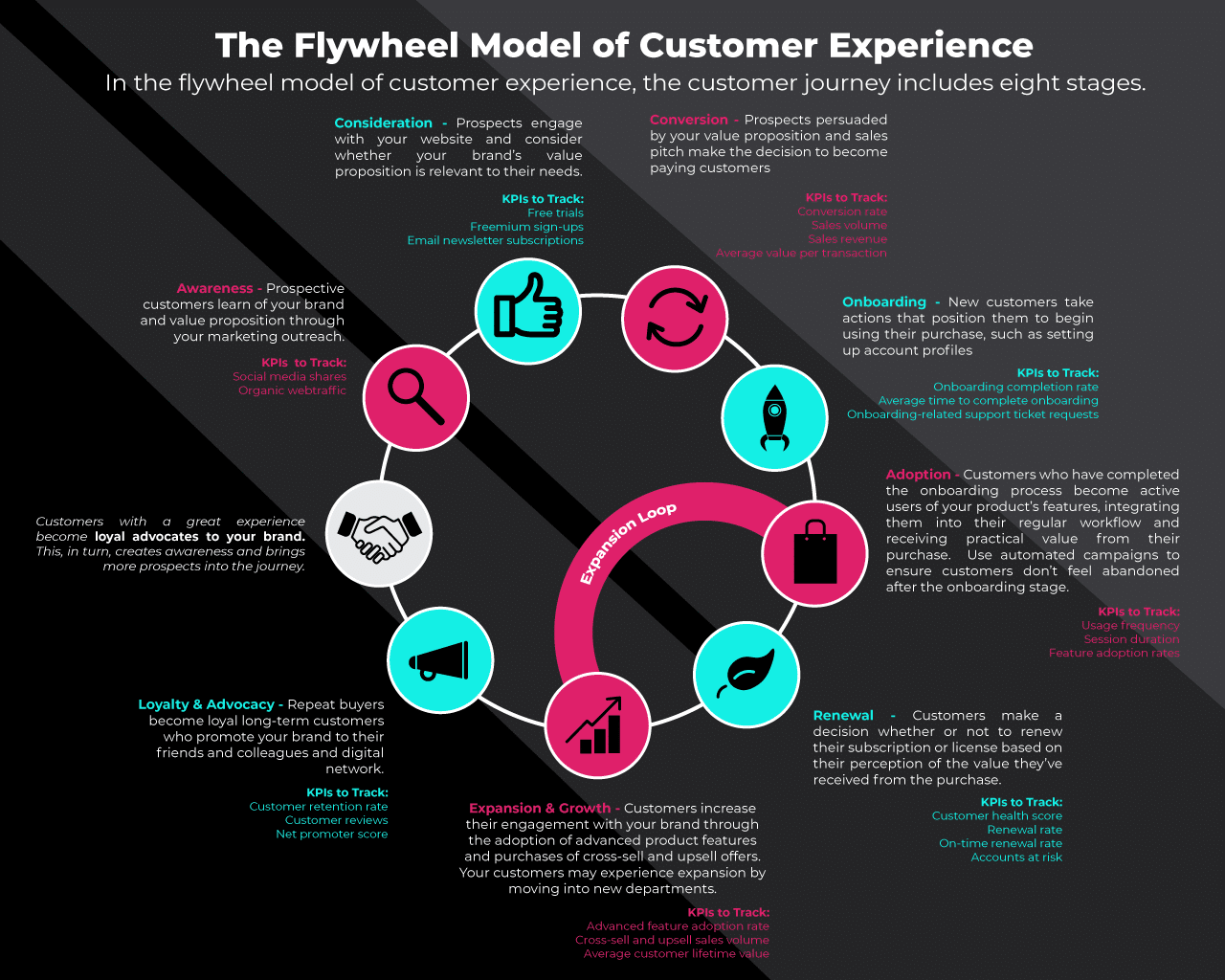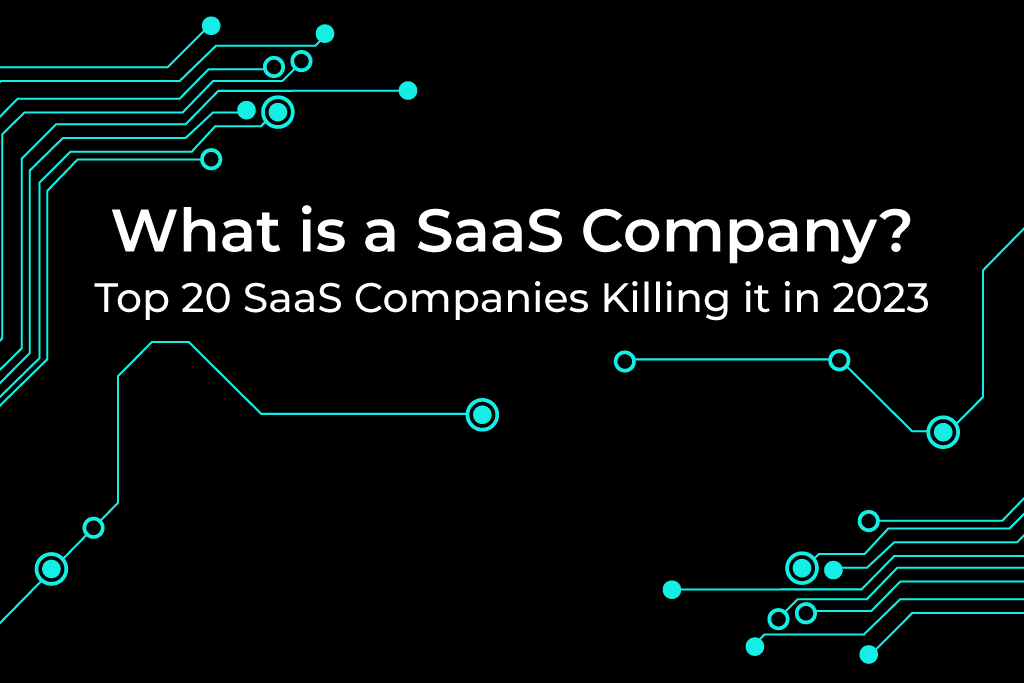SaaS Customer Lifetime Value – 8 Strategies for Amplifying Yours
The vast majority of startups fail because they lose customers faster than they win new ones. Their ‘churn’ rate is higher than their ‘acquisition’ rate, and their customer lifetime value (CLV) – or predicted net profit attributable to a long-term relationship with a customer – is low.

CLV is one of the most important SaaS metrics to track to evaluate the potential of your business model. Despite this, many marketers are still in the dark about the term and how to apply it to their marketing strategy.
In this post, we’ll take an in-depth look at customer lifetime value and offer recommendations on improving your CLV and growing your SaaS business.
For help with scaling your SaaS business, head to the accelerate agency website and download our free eBook.
To help you navigate to the bits that interest you most, here’s a quick roundup of what we’ll cover:
- What is customer lifetime value?
- How do you calculate the lifetime value of a SaaS customer?
- What is a good customer lifetime value for SaaS companies?
- How to increase average Customer Lifetime Value for SaaS
- Conclusion
What is customer lifetime value?
Customer lifetime value tells you how valuable each customer is to your SaaS company, and it’s based, not just on a purchase-by-purchase basis – but in terms of their entire relationship with you. Customer lifetime value is also referred to as CLTV or LTV.
An example of CLV for a SaaS company is when a customer signs up with you for nine months. The amount they pay during that time will determine their lifetime value.
Book a Consultation
The importance of customer lifetime value in SaaS
Understanding your CLV is especially important to subscription businesses. It will help you to develop strategies to acquire new customers and boost retention rates while maintaining profitability.
CLV is crucial in SaaS, as:
It’s a good measure of business viability
A high gross margin, good cash flow, and healthy total revenue are positive signs for your business. Similarly, a high customer lifetime value indicates you have a good product and are a good market fit.
It shows you have developed brand loyalty and confirms that your SaaS offering is resonating with your customers. This can help you predict how well your company will perform over the long term.
It provides insights on customer acquisition spending
Unless you know how much revenue you’re accruing from a customer, you won’t know how much you should invest in acquiring them.
SaaS companies spend five to seven times more acquiring new customers than they do to retain their existing customer base.
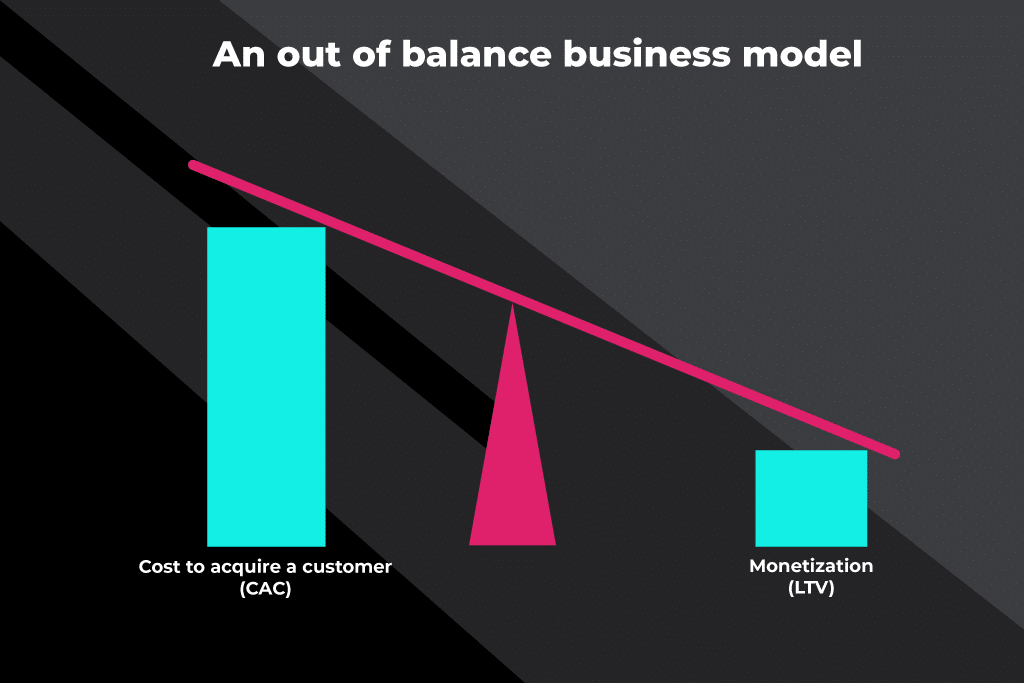
Your customer acquisition costs may exceed the value of their first purchase. But that same customer could end up making you far in excess of that initial customer acquisition cost. Calculating CLV gives you a clear picture of the reality of the situation.
It produces data that can be used in enabling marketing efforts
Once you understand how your customers are spending with you, it’ll be easier to make sure you retain your most profitable customers – and devise ways to increase revenue from less valuable ones.
It helps achieve consistent growth
CLV helps you monitor your growth and optimize for this, something that’s essential for SaaS startups.
How do you calculate the lifetime value of a SaaS customer?
A good way to calculate LTV for SaaS companies is to multiply the average revenue a customer generates over a set period (month/quarter/annually) by the average length of subscription.
Customer Lifetime Value Formula for SaaS
The customer lifetime value for SaaS is pretty straightforward. It’s simply the amount of revenue obtained from a customer over their journey with your company, minus the cost of obtaining and retaining their business.
The formula looks like this:
LTV is LTV=ARPU (average revenue per user)/Revenue or Customer Churn
Now let’s look at the KPI’s that make up this equation.
Churn Rate
The customer churn rate is a SaaS metric that tells you the rate you’re losing customers. The churn rate is the ratio of the net number of customers who stop using your services to the total number of customers within a given period. It’s the opposite of customer retention.
Churn rate = Churned customers/Total initial customers
To get a percentage churn, you need to multiply it by 100.
For example, if you start a month with 100 customers and, over the course of a month, lose 10 customers while gaining 5, your churn rate will be 10%. (10/100)
Reduce customer churn with content marketing that’s closely aligned with your audience’s needs – contact accelerate agency today.
Average Revenue Per User (ARPU/ARPA)
For subscription-based companies, LTV is based on ARPU and the company’s churn rate over a set time. SaaS companies often charge on a monthly or monthly recurring revenue basis (MRR), so this is generally the period used.
The LTV for any given month is the amount that each current user is expected to pay during the rest of their lifetime with the SaaS company.
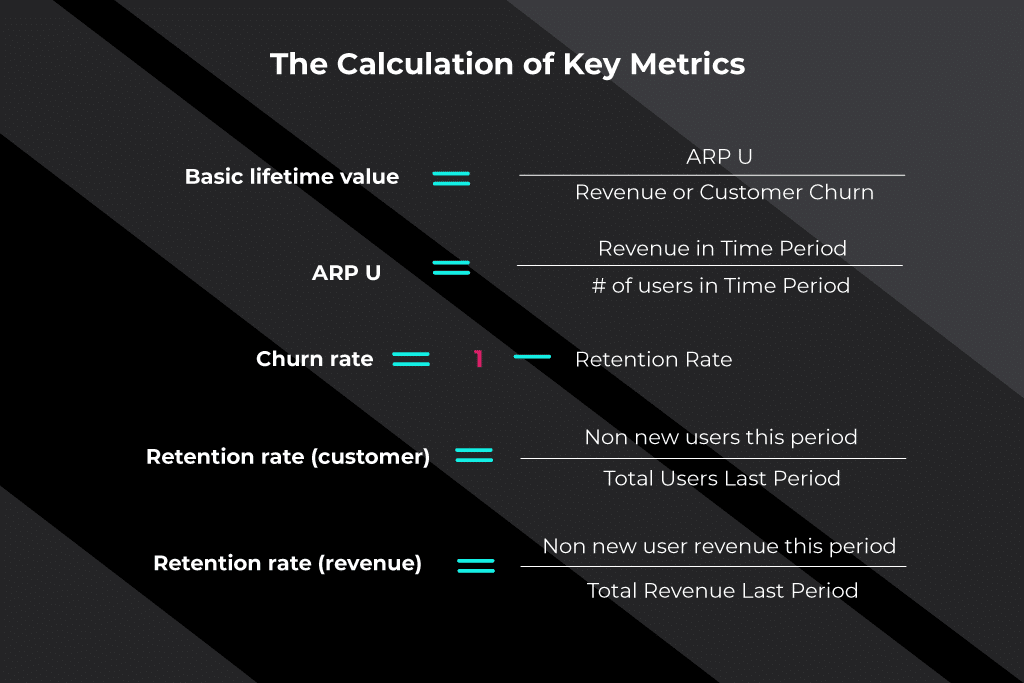
If this all looks a bit complex, try calculating your LTV with this LTV calculator.
What is a good customer lifetime value for SaaS companies?
For any SaaS company, it’s the annual subscription that brings in the revenue. So, the cost to acquire a customer (CAC) needs to be lower than the CLV of such a subscription. Otherwise, your business will start to make a loss (as happens in most startups).
SaaS companies should take note of these benchmarks:
CLV to CAC Ratio
LTV should be greater than customer acquisition costs. For a viable SaaS company with a recurring revenue model, it should be around 3 x CAC. Established companies like Salesforce.com have multiples that are more in the region of 5 x CAC.
Recovery of CAC in less than 12 months
You should aim to recover CAC in under 12 months. If you don’t, your business is starting to require too much capital to grow.
How to increase average Customer Lifetime Value for SaaS
The CLV equation reveals that customers are more valuable to your company the longer they remain active users of your products. However, they’ll only remain loyal users if they continue to derive value from your offerings.
To maximize CLV and grow your business, you need to deliver value to customers continuously at all stages of their customer lifecycle.
1. Streamline and enhance the customer onboarding process
Onboarding is your earliest opportunity to improve CLV. The sooner customers start to see the value in your product, the sooner they’ll start to see why you represent a good return on their investment. When onboarding:
- Keep things fast, simple and easy
- Include instructional videos, guided product tours, etc.
- Personalize and collect user information beforehand
- Use SaaS tools to perform A/B testing to optimize the onboarding process
2. Interview high lifetime value customers
Your high lifetime value customers are a customer segment that’s indicated they’re happy using your products. However, they may have suggestions on how you could improve some features or aspects of your service. Ask them what stands out about your product or service and aim to emphasize these points to new customers.
3. Analyze lifetime value per target segment
To spot potential problems that could lead to customer churn, use customer success software to segment and prioritize existing customers by their customer profile.
4. Aim to reduce churn overall
To reduce churn, track and review metrics regularly so you can flag up problems early on. Use KPIs to set churn rate goals.
Make sure your website is user-friendly and that your customers’ online experience is seamless. Promote the adoption of your product using tutorials and analytics tracking features. Take proactive steps towards increasing renewals.
5. Invest in product education channels
A knowledge base is a key part of your support infrastructure, so ensure you offer access to self-service articles, video guides, tutorials, and other documentation. It may take you some time to put these together, but overall it’ll be worth it.
6. Look to omnichannel customer support
As a SaaS business, you need to have a presence on as many channels as possible. Your customers will likely own more than one device and use at least three different communication channels to contact you. Look into the channels your customers use most. Then ensure staff are trained to use those channels.
7. Build customer relationships and loyalty
Fostering strong customer relationships is key to the ongoing success of your business. Make customers feel they’re listened to and appreciated and connect with them regularly.
Send out surveys to assess your NPS (net promoter) scores. High NPS scores help you increase your CLV since happy customers are more likely to subscribe for the longer term.
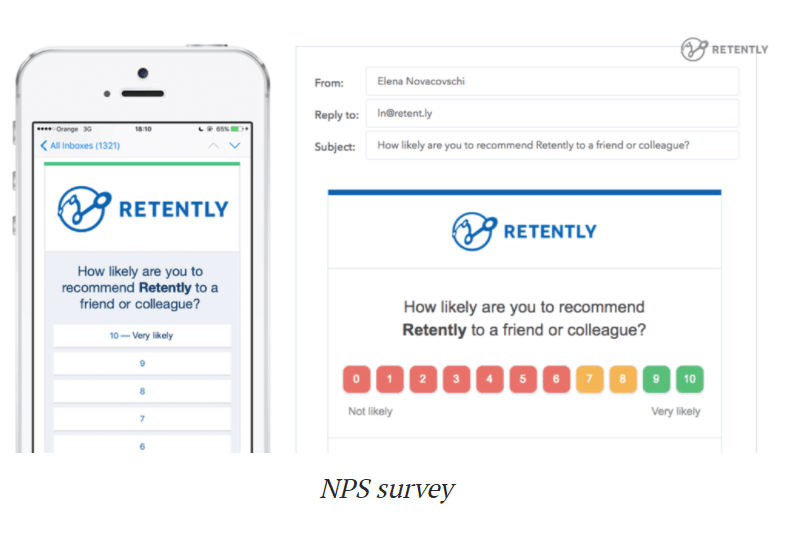
8. Increase average revenue per user
Upselling and cross-selling are straightforward ways to increase your CLV. Upselling is the art of selling a more expensive product or service to customers. For a SaaS company, this could involve helping a customer upgrade from a basic plan to a more expensive plan. Cross-selling could include selling a similar or complementary product or service to a customer.
Conclusion
Companies cite numerous challenges as barriers to calculating and monitoring customer lifetime values. These include a lack of in-house expertise, the costs of calculating CLV, the complexity of handling these types of metrics – as well as the difficulties in gathering enough data about customers.
To run a profitable SaaS business, overcoming these challenges is essential because understanding CLV is key to ensuring your business growth.
SaaS marketing agencies can be invaluable in helping you identify and track the right metrics for growth.
